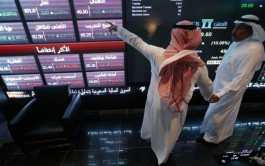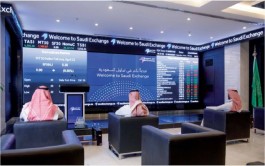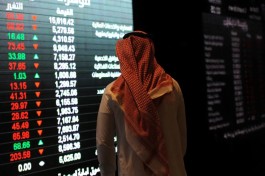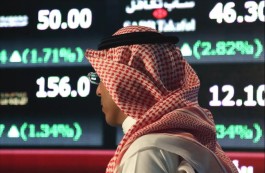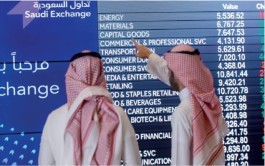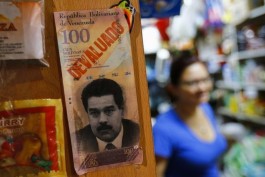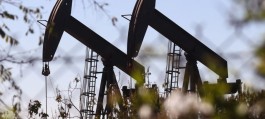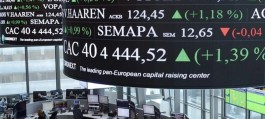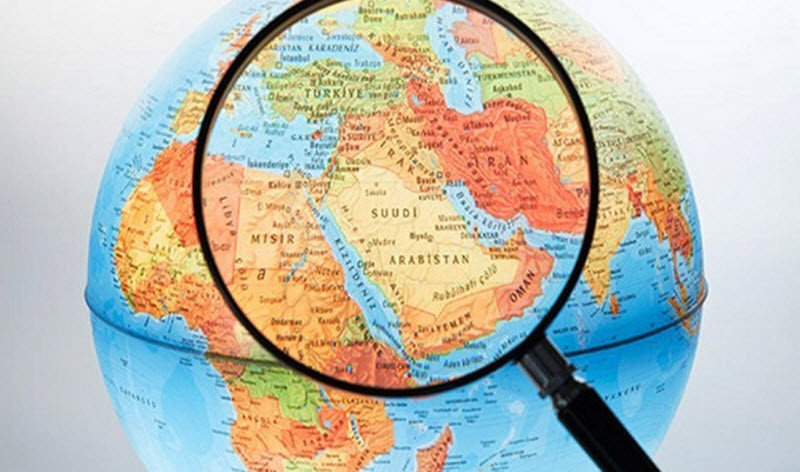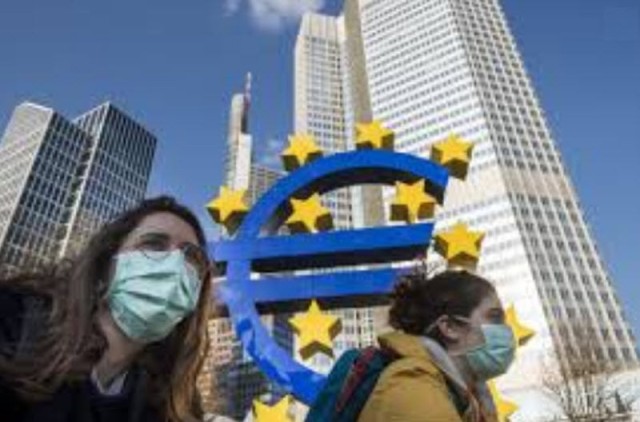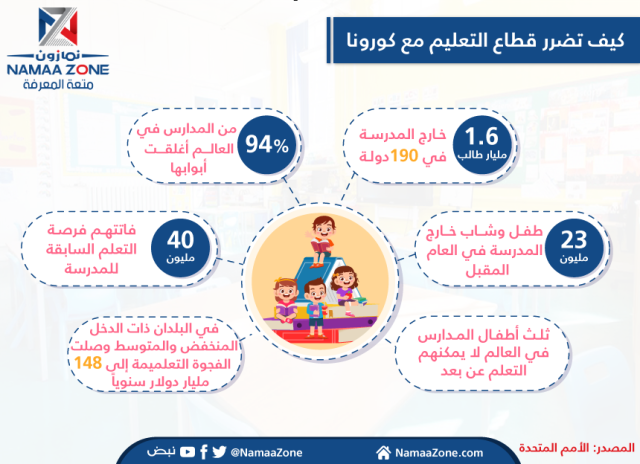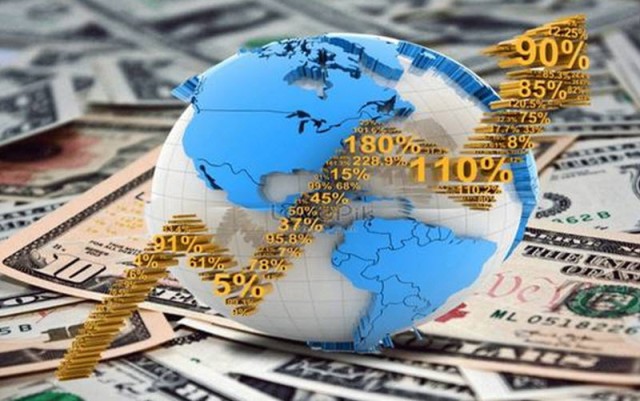The International Monetary Fund announced that the return of the countries of the Middle East and Central Asia to levels of economic growth before the crisis of the Corona virus may take ten years, as it pressures existing weaknesses in the region for some time Long on recovering.
According to Arabiyanet, the Fund today said in its forecast for the region, which includes about 30 countries stretching from Mauritania to Kazakhstan, that growth is likely to be affected by the lack of Diversity of the sources of oil-exporting countries and the dependence of crude importing countries on sectors such as tourism, as well as their reliance on transfers from abroad.
and oil-exporting countries are the most affected. Oil prices have retreated by about 40%, from pre-crisis levels, which led to a sharp decline in their main source of revenue and overturned the path of limited success Which it has achieved in diversifying its economies.
The IMF said the Covid-19 crisis represents the fastest impacting economic shock in recent history.
and added that the economic wound, which includes long-term losses to growth, income and employment, will likely be deeper and longer-term than that following the global financial crisis of 2008 and 2009 .
He said this time, and given the preexisting weaknesses, it is estimated that five years from now, the level of GDP in the countries of the region may be 12% lower than It was involved in pre-crisis trends, and a return to that trend level may take more than a decade.
The International Monetary Fund, based in Washington, is expecting the region's economies to shrink 4.1% this year, a contraction of 1.3 percentage points larger than it expected in April. / p>
Jihad Azour, Director of the Middle East and Central Asia Department at the International Monetary Fund, told Reuters to manage the crisis and the priority of saving lives has an impact on economic activity exacerbated by the oil price shock, but I can say Speaking in relative terms ... the outcome in 2020 is acceptable.
but added that the crisis had exacerbated the vulnerabilities.
inequality
The decline limited the region's ability to provide financial support during the crisis, and financial support packages amounted to about 2% of GDP, less than the average of 3%, in emerging markets and developing countries.
The International Monetary Fund said that the average size of financial support in the region is the smallest among regional groups, which sheds light ...










